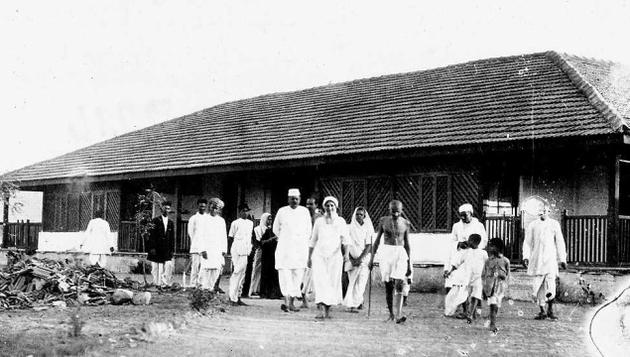Ahmedabad City – The Merchant City of India
History of Ahmedabad City:
Ahmedabad City is also famous as the merchant city of India. In the early days, the City was called Ashapalli or Ashaval. According to Archaeological evidence, the towns of Ashapalli or Ashaval have been inhibiting since the 11th century. Karnadev I, the ruler of Patna, who belonged to Solanki, invaded Ashapalli, waged a successful war against the king of Ashaval and established a city called Karnavati and, at present, the City located at Maninagar. Later in the 13th century, the Sultanate of Delhi conquered the City of Maninagar and ruled the kingdom for many years. Later in the 14th century, Muzaffarid Destiny defeated the City and established Gujrat territory.

Ahmed Shah Built Ahmedabad City
Ahmed Shah, the Muslim king, once rested at the River Sabarmati’s banks. Then he saw a rabbit chasing a dog and was stunned by the brave act of the Rabbit. He intended the place to have some peculiar qualities and decided to build the new capital there. The site was very near Kamavati, right on the bank of River Sabarmati. In 1411 AD, he named the capital Ahmedabad. Later, his successors developed Ahmedabad City by constructing forts and other infrastructure.
Mughal emperor Akbar conquered Ahmedabad in 1537 to expand the Mughal Empire. During the Mughal emperors, the City thrived in trading, especially in the textile and the destination place for foreign traders. The fabrics and other materials were also exported to Europe. Especially Shahjahan was very passionate about this City and spent most of their life in Ahmedabad and constructed the Moti Shahi Mahal in Shahibaug.
Ahmedabad Under British Rule
In 1758 the City came into the hands of Marathas. Tedabad City was neglected during their time, and their timed trading lost its glory. In 1818 the British East India Company captured the City to expand their ruling areas at large. The British established a military cantonment in 1824 and started a municipal government in 1858. Again under British rule, the City got its glory in trading and became a key traffic area to trade between northern and southern India. The British Government laid the Railway lines in India. Especially Bombay and Ahmedabad, linked with trains for trading purposes.
Role of Ahmedabad City in Freedom Fight

The City also played a crucial role in Independence Movement. In 1915 Gandhi came to India from South Africa and established an Ashram on the banks of River Sabarmati. From here only, he started many movements against the British to get India’s Independence. The famous Satyagraha movement and Dandi Salt March also started at Sabarmati Ashram. Still, Ashram was a famous tourist place in India. During the partition of India and Pakistan, the City suffered communal violence between Hindus and Muslims.
After Gujarat’s bifurcation from the State of Bombay on the 1st of May 1960, the City became the Capital of Gujarat State. After 1960 the City became famous for establishing Industries and Educational centres. Educational and research institutes were also found, now very prominent institutions in India. Industries and business development in Ahmedabad became India’s Merchant city. In 1974 the capital of Gujarat was shifted to Gandhinagar.
Tourist Places in Ahmedabad are Sabarmati Ashram, Swami Narayana Temple, Dada Hari Wav, World Vintage Cars Museum, Jhulta Minar, Kankaria Lake, Hathis Singh Jain Mandir, and many more attractive places are there.